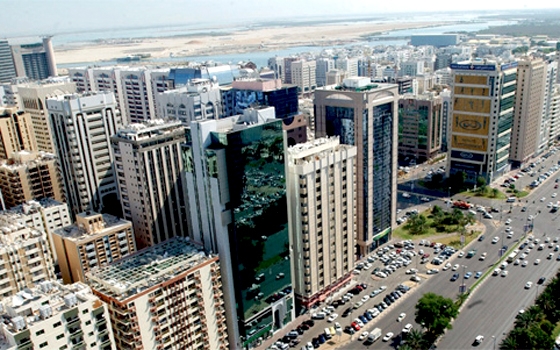With a rule requiring Abu Dhabi government employees to live within the emirate set to come into effect in September, demand for residential real estate is expected to climb. However, certain segments of the market – particularly at the low end – remain soft.
The rule, which was announced last year, will affect around 23,000 government employees, of whom an estimated 10,000 commute from Dubai where rents are often lower. Failure to relocate to Abu Dhabi will result in employees losing their government housing allowances.
According to Andrew Covill, the head of investment sales at local real estate firm LLJ Property, people are looking for “good quality” units in Abu Dhabi as the September deadline draws closer. “We desperately need new developments of all types in Abu Dhabi,” he told Gulf News in late July. “Every day we are receiving numerous enquiries for both leasing and sales. It’s hard to determine the number, but clearly it is on the rise.”
Luxury housing options are in particularly high demand, with many seeking out newer options in the Al Raha Beach, Reem Island and Al Reef areas, Colvill noted.
While the housing rule may be boosting rental rates for high-end properties, the same effect has not been observed in the lower end of the market, property advisory firm Jones Lang LaSalle (JLL) said in its most recent report on Abu Dhabi, published in July. During the second quarter this year, rental prices for prime two-bedroom apartments were stable at Dh130,000 per year ($35,379), following 8% growth in the first three months of 2013, while secondary residential rates continued to fall.
JLL attributed this moderate growth in part to the new government housing rule, but it added that this may be offset in the coming months as additional supply continues to come onto the market. Nearly 2300 units were added to residential stock in the second quarter, including at Capital Centre, Saadiyat Beach, Hydra Village, Al Wifak Tower and Tala Tower on Reem Island, the report said.
Real estate firm CBRE had similar observations in its first quarter 2013 report, released in May, noting that some 17,000 new units were expected to be released this year. The rental market was already quite weak in the first quarter of the year, CBRE said, with average lease rates coming down 3% compared to the final quarter of 2012.
Regarding residential sales, CBRE noted the market was relatively stable but that investors were holding back as they waited for clarification on new real estate laws. Prices remained stuck at Dh9150-13,500 ($2490-3674) per sq meter, with owners “simply unwilling to drop any lower, even if it means holding units indefinitely,” it said.
A few months later, JLL had a slightly more positive take on the sales market, noting that the emirate was benefitting from an influx of regional investors who viewed the UAE as a safe haven during unstable times further afield. Long-term Abu Dhabi residents are also starting to buy as the economy continues to improve.
According to JLL, the average residential sales price increased 5% in the second quarter, reaching Dh11,500 ($3130) per sq meter, but it cautioned that these data reflect sales of prime buildings within investment areas and “do not represent a market-wide recovery”.
However, according to David Dudley, regional director and head of JLL’s Abu Dhabi office, overall the first half of 2013 has been “encouraging”. “Prime office and residential rents have stabilized. Retail and hospitality sectors saw improved performance, and prime residential prices continued to rise during Q2 2013,” he told Gulf News in July. While a longer-term recovery will likely require continued economic growth, which in turn should stimulate demand for residential, office and retail space, it appears that the worst of the post-2008 slump may be over.
Oxford Business Group
1 September
























































